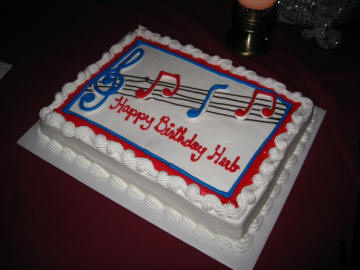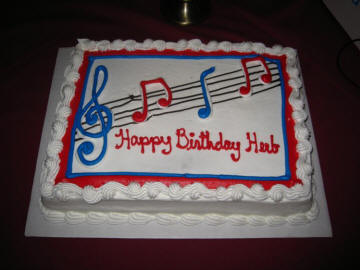Let The Fun Begin

Home Sweet Home
Did you know? - The origin of golf is unclear and open to debate. Some historians[3] trace the sport back to the Roman game of paganica, in which participants used a bent stick to hit a stuffed leather ball. One theory asserts that paganica spread throughout Europe as the Romans conquered most of the continent, during the first century B.C., and eventually evolved into the modern game.
Others cite chuiwan ("chui" means striking and "wan" means small ball) as the progenitor, a Chinese game played between the eighth and 14th centuries. A Ming Dynasty scroll dating back to 1368 entitled "The Autumn Banquet", shows a member of the Chinese Imperial court swinging what appears to be a golf club at a small ball with the aim of sinking it into a hole. The game is thought to have been introduced into Europe during the Middle Ages. Another early game that resembled modern golf was known as cambuca in England and chambot in France.
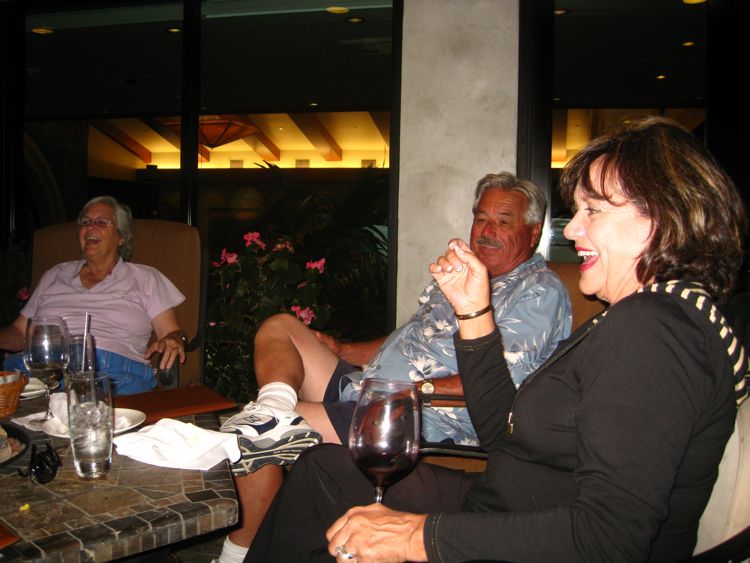
Linda, James, and Bunnaford
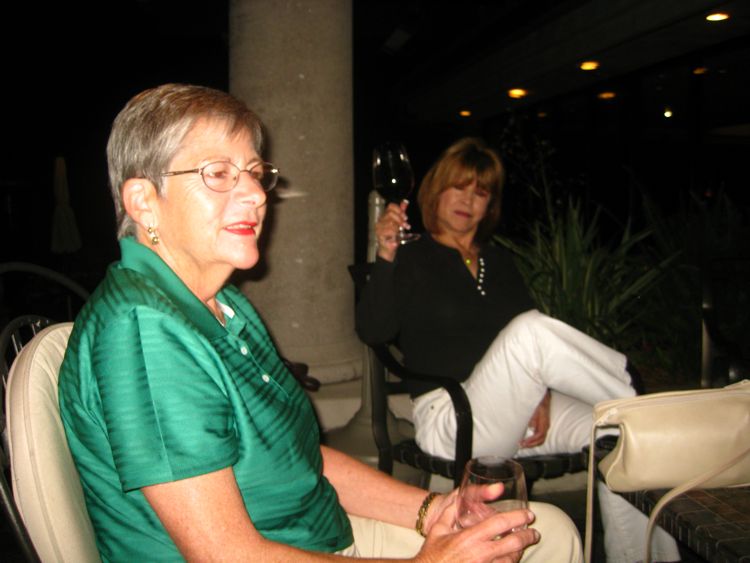
Sue and Moniker listen with baited breath

Linda explains about sewers and vents now that she won re-election
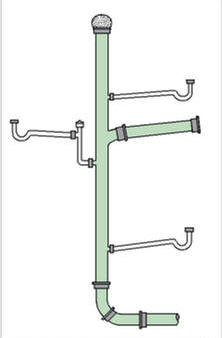
Detail of soil stack, which is connected
to the sewer and vented at the top
All fixtures must contain traps to prevent gases from backing up into the house. Through traps, all fixtures are connected to waste lines, which in turn take the waste to a soil stack, or soil vent pipe, which extends from the building drain at its lowest point up to and out of the roof. Waste is removed from the building through the building drain and taken to a sewage line, which leads to a septic system or a public sewer.
The venting system, or plumbing vents, consists of pipes leading from waste pipes to the outdoors, usually through the roof. Vents provide a means to release sewer gases outside instead of the house. Vents also admit oxygen to the waste system to allow aerobic sewage digestion.
Vents provide a way to equalize the pressure on both sides of trap, thereby allowing the trap to hold water, which is needed to maintain effectiveness of the trap. Every fixture is required to have an internal or external trap; double trapping is prohibited by plumbing codes. With exceptions, every plumbing fixture must have an attached vent. The top of stacks must be vented too, via a stack vent, which is sometimes called a stink pipe

Moniker will drink to that... And anything else
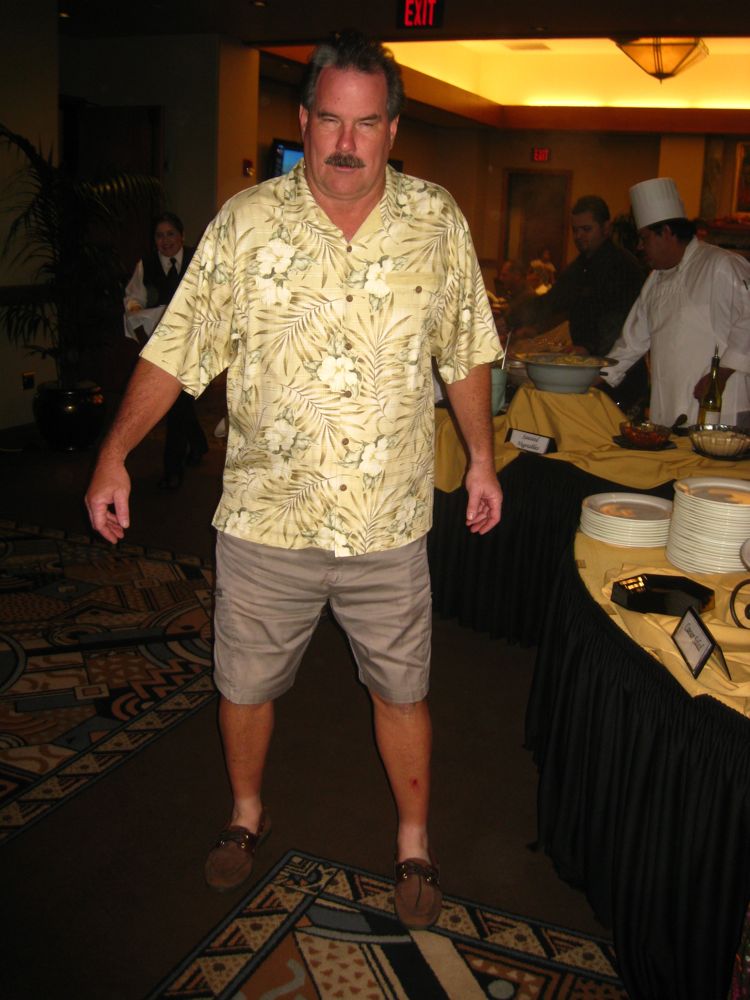
Bob is still wearing those crazy socks
Buffet Time At The Ranch
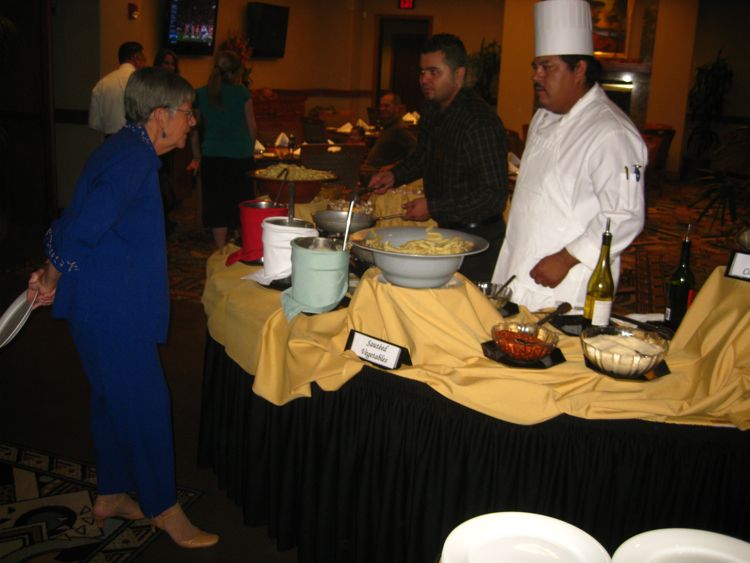
Making sure there is no meat, fish, or chicken in the food
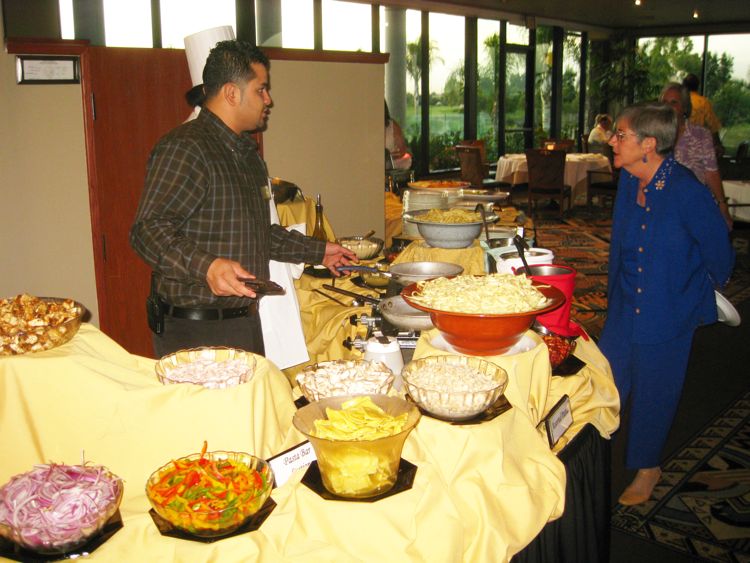
A vegetarians delight
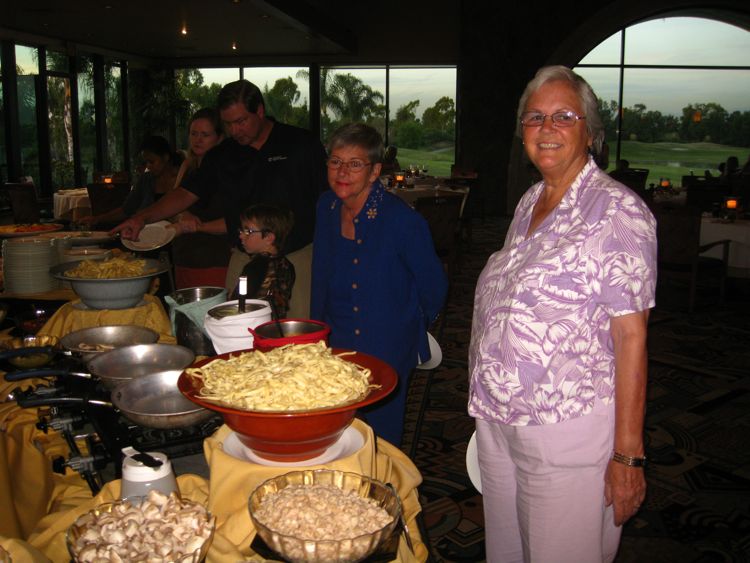
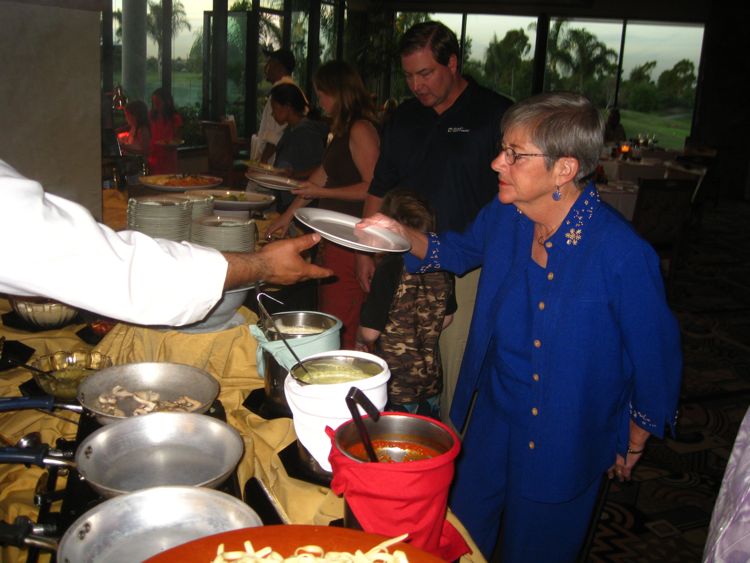
Decision made
Did you know? - Pasta is a generic term for foods made from an unleavened dough of wheat or buckwheat flour and water, sometimes with other ingredients such as eggs and vegetable extracts. Pastas include varieties that are filled with other ingredients like ravioli and tortellini. The word pasta is also used to refer to dishes in which pasta products are a primary ingredient. It is usually served with sauce.
There are hundreds of different shapes of pasta with at least locally recognized names. Examples include spaghetti (thin rods), maccheroni (tubes or cylinders), fusilli (swirls), and lasagne (sheets). Gnocchi and spätzle are sometimes considered pasta
First attested in English in 1874, the word pasta comes from Italian pasta (abbreviation for pastasciutta), in turn from Latin pasta "dough, pastry cake", itself the romanization of the Greek παστά (pasta) "barley porridge", in turn from "παστός" (pastos), " sprinkled with salt, salted".


The sun goes down and James lights up
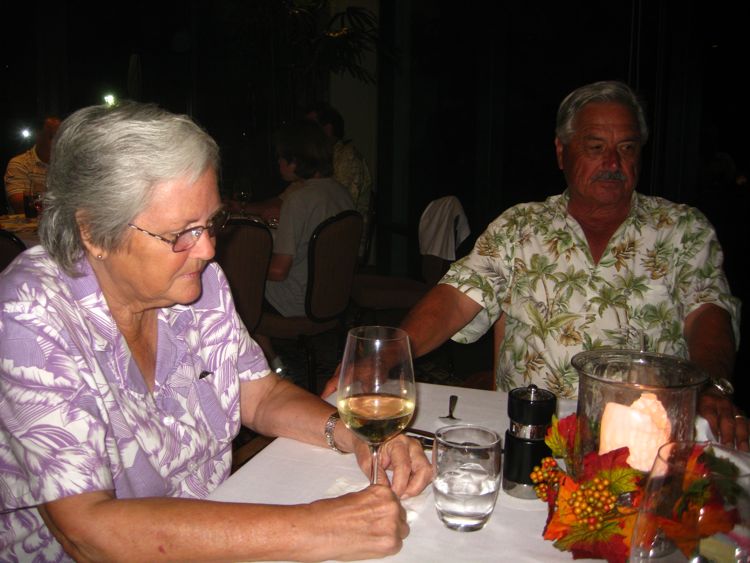
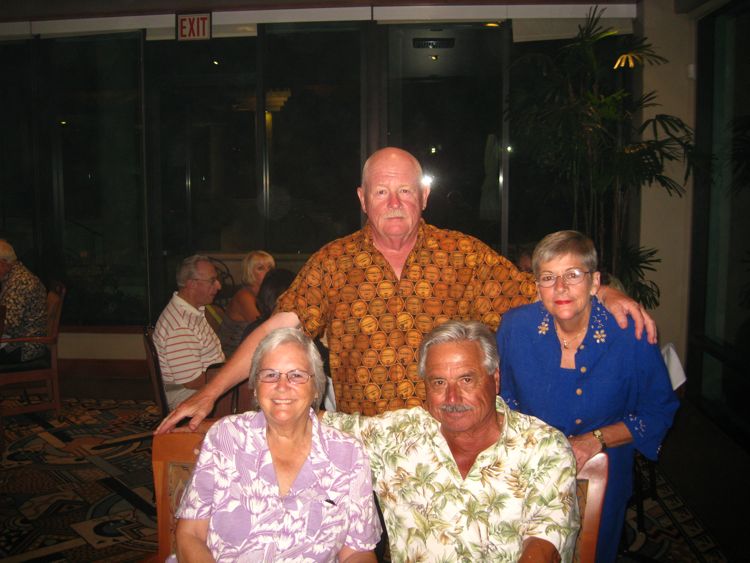
Watch out when these guys are together
To The Phoenix Club In Anaheim
Did you know? - World War II was a difficult time for German-Americans across the country. It was especially hard on residents of Anaheim, a city founded by Germans.
Anaheim's rich cultural heritage and traditions were minimized so as not to give outsiders the impression of the town being sympathetic to the Nazi movement. German language books were discreetly removed from the libraries' shelves. Maps of the homeland were taken out of school geography rooms.
Even the bells at Bethel Baptist Church were temporarily stopped from ringing lest they be interpreted as sending out coded messages.
In 1960, fifteen people got together to form an organization that would attempt to restore relations in the community and work to preserve their language and customs. That small group called themselves "the Phoenix Club," after the mythological bird that rose up from the ashes to live again.
Many native Germans soon flocked to the club, trying to preserve their ethnic heritage. The club became a popular haven for people of German descent for the next 30 years, with membership steadily growing to a high of 3,000 families.
In 1990, the club relocated from its original site to make way for the construction of Anaheim Arena. Today, it continues to thrive on a site just north of the original building. It still retains its original goal of preserving the German heritage and contributions to Anaheim. Activities are held year-round, but the most popular is "Oktoberfest." Oohm-pah bands play traditional polkas while folk dancers stomp to the music in the grand ballroom. Onlookers still dine on bratwurst, pretzels, Bavarian pastries and, of course, German beer.

Herb has a birthday


Irene does the honors

Monica shares a secret!
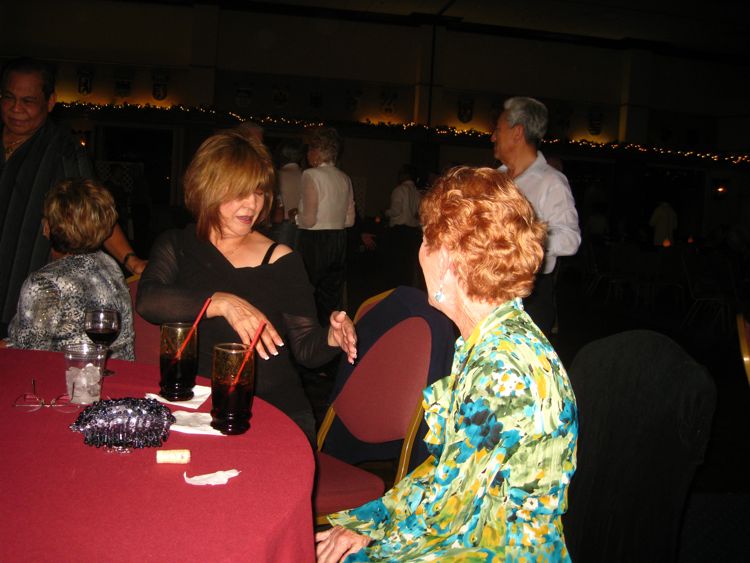

Herb has his glass of pointing fluid
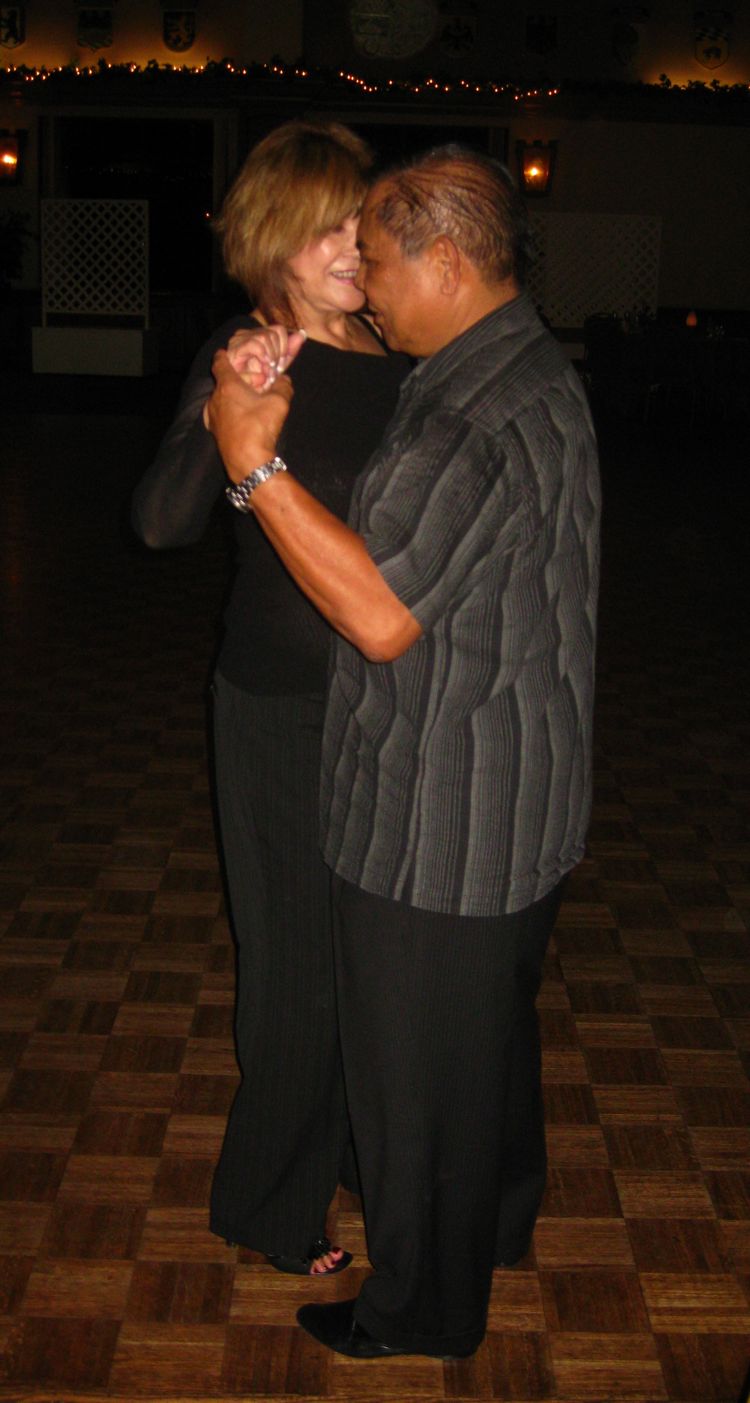
Monica and George hit the floor
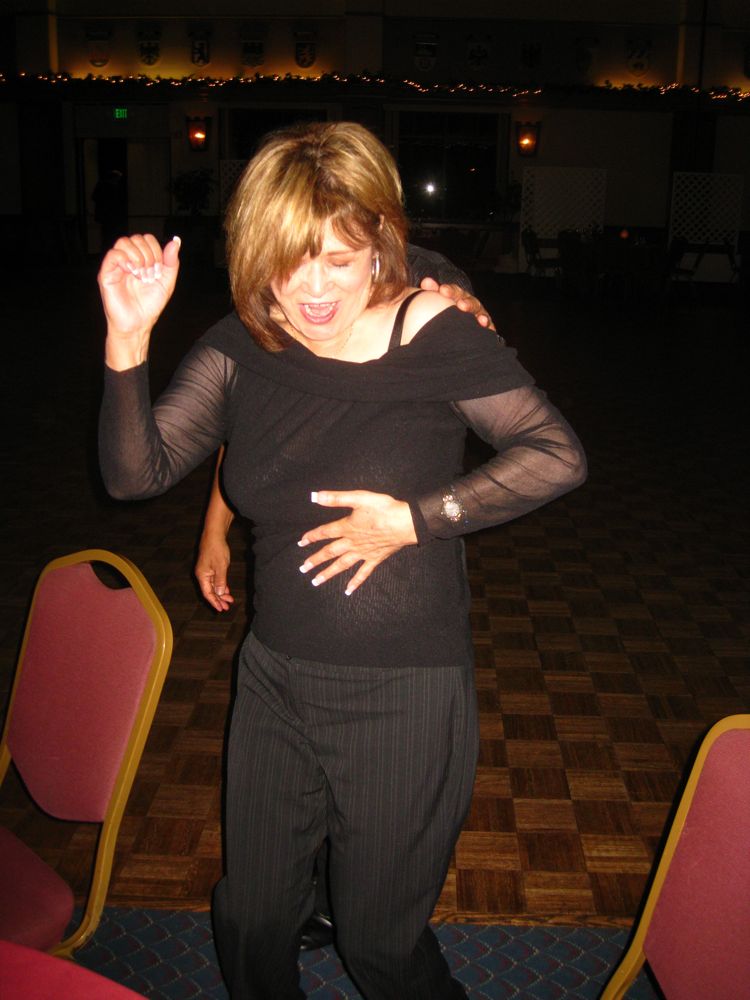
M-m-m-m-m Must be a new step
